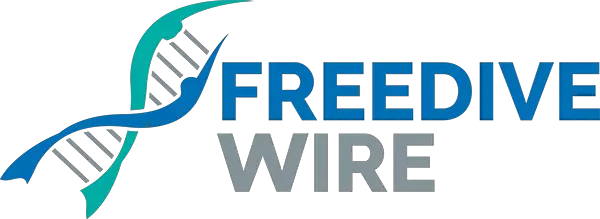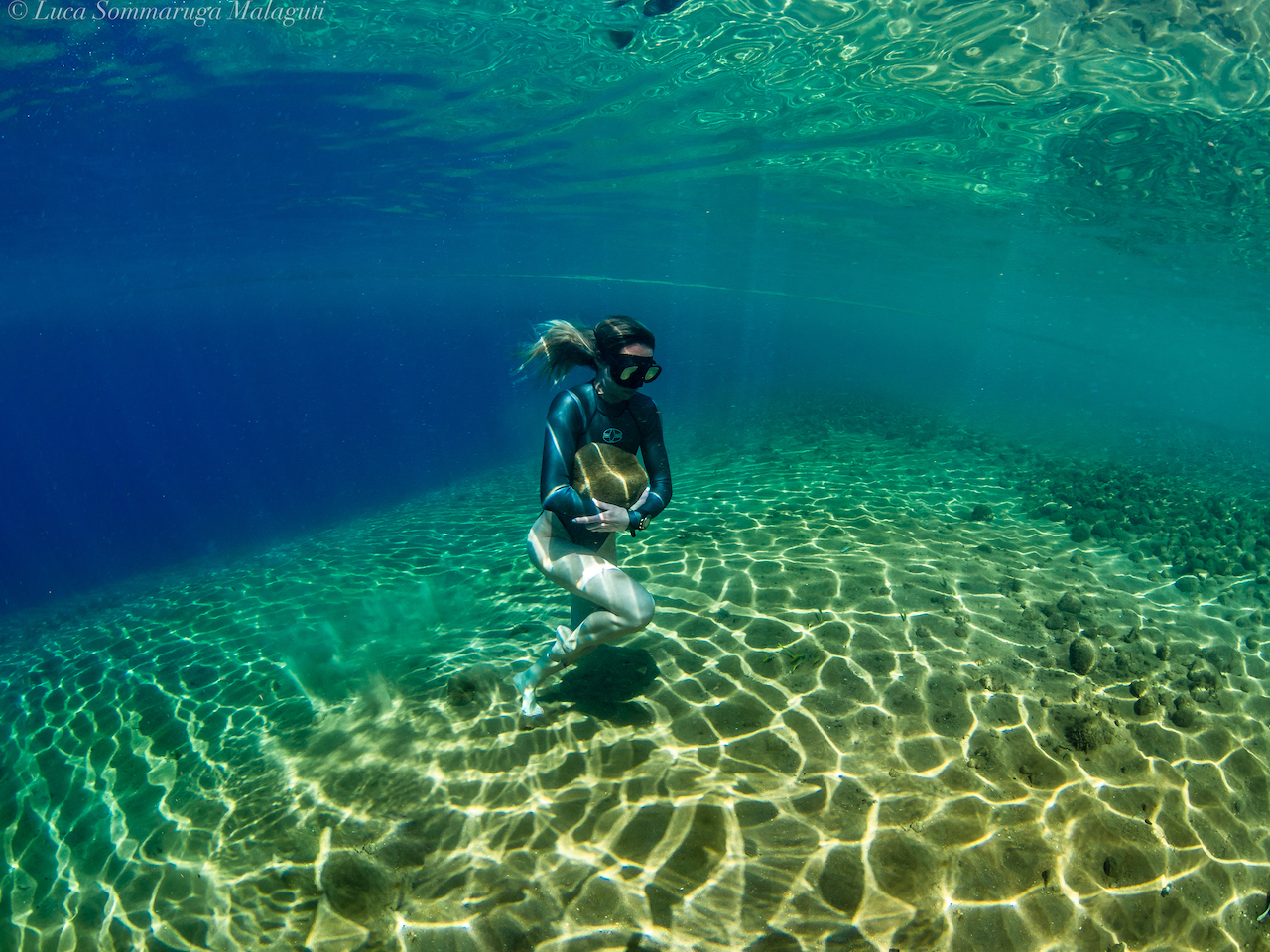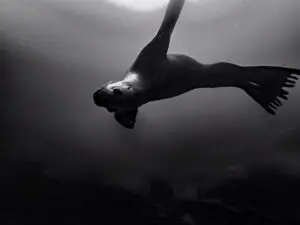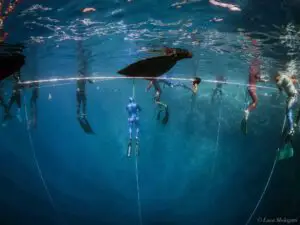A few years ago I researched the body’s chemoreceptors and their role in breath-hold diving. This edited post will re-discuss this topic, and any new research that may have been published lately.
In this article I will discuss the following points:
- What physiological triggers initiate contractions and the urge to breathe during a breath-hold.
- The effects of peripheral and central chemoreceptors.
- How they function in the human body.
- What pivotal role they have in freediving physiology.
Read Time = 8 minutes (Enjoy the science!)
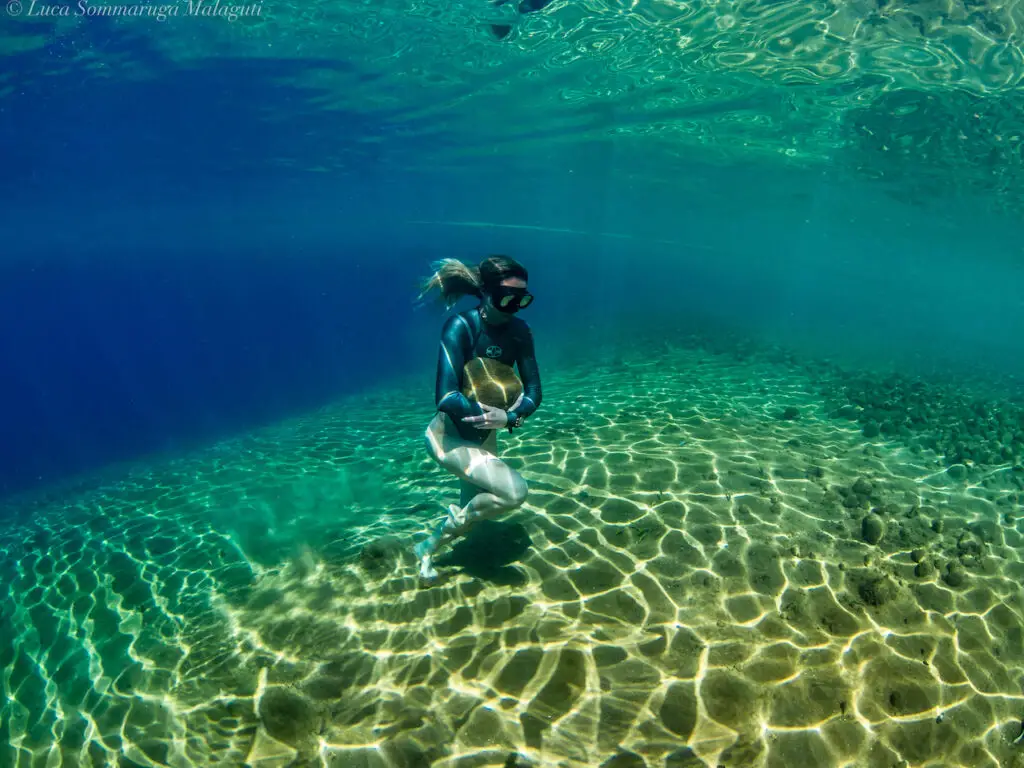
What are chemoreceptors?
Central and Peripheral
The peripheral and central chemoreceptors are what detect changes in blood composition such as oxygen, carbon dioxide, pH, pressure, temperature, etc. Grossly stated; the peripheral chemoreceptors (aortic and carotid bodies) monitor of the arterial blood and the central chemoreceptors monitor the cerebrospinal fluid.
Breathing Influenced?
Breathing is influenced by both the central and peripheral chemoreceptors (Maramattom & Wijdicks, 2007). The peripheral chemoreceptors monitor both CO2 and hypoxia, whereas the central chemoreceptors monitor pH through an increase in CO2(Davies & Moores, 2010).
What roles do they play
It has been suggested that the peripheral chemoreceptors are quicker to respond to changes in partial pressure of carbon dioxide, whereas the central chemoreceptors can take up to 5 minutes.
“Although slower to respond than the peripheral receptors, central chemoreceptors are responsible for about 80% of our sensitivity to carbon dioxide” (Davies et Moores, 2010).
It is interesting to note especially for freedivers that the central chemoreceptors are responsible for the majority of CO2 sensitivity, but this response is delayed by several minutes. Could this be another argument to say we were meant to freedive?
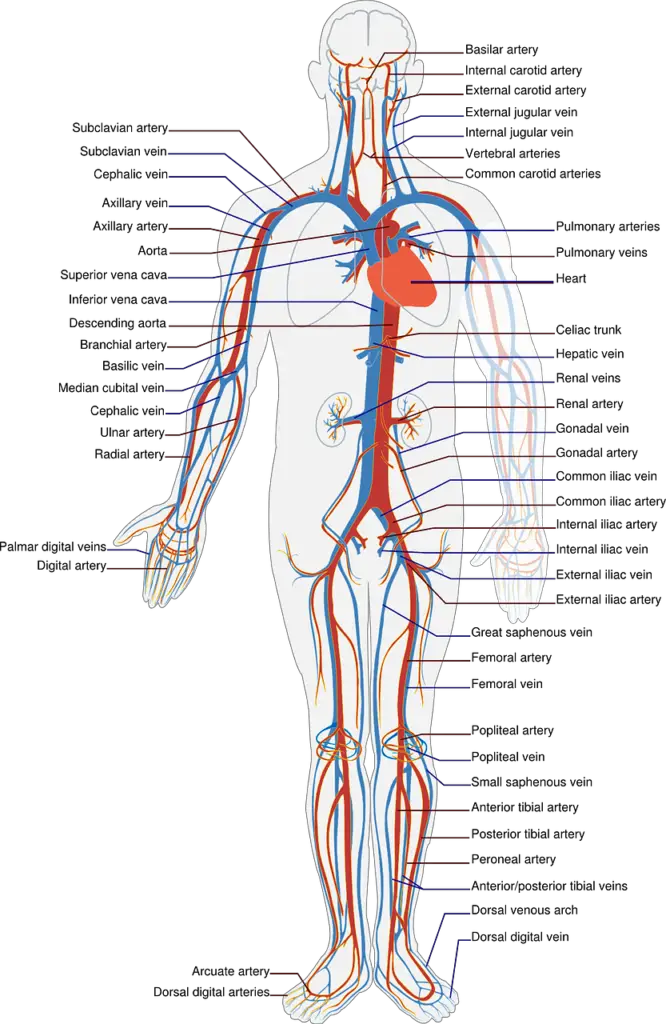
Cerebral Blood Flow & Chemoreceptors
So, what happens during a breath hold?
Firstly, the peripheral chemoreceptors begin to detect a weak change in blood composition (i.e. carbon dioxide). Since “the carotid body provides about 20% to 30% of the total hypercapnic response, and this response is fast, with a time constant in the range of 60 to 150 seconds” (Vassilakopoulos, T. 2012). A decrease in heart rate occurs well before the onset of contractions.
Thus, perhaps the initial response to hypercapnia intensifies the mammalian dive response. After all, small changes in CO2 levels normally have a much more pronounced effect on breathing than small changes in O2 levels.
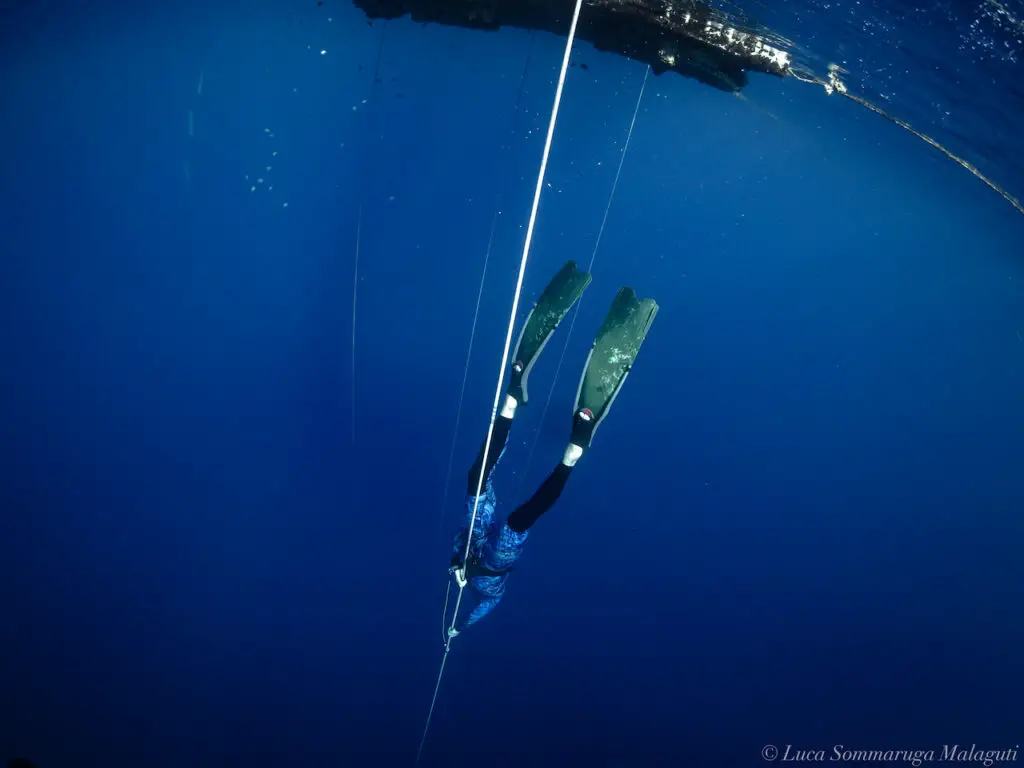
A little biochemistry
If you recall your biochemistry, you’ll know that CO2 is dissolved in the blood as carbonic acid. Which turns into two components that cannot diffuse through the blood brain barrier (the hydrogen and bicarbonate ions):
H2O + CO2 <—> H2CO3 <—> H+ + HCO3–
During a typical breath hold, trained freedivers get contractions starting 2 – 6 minutes after the onset of a breath hold, and that is right within the range of the central chemoreceptors’ response time.
A delayed response from evolution
This is because the central chemoreceptors have a strong (but delayed) response to CO2. In addition to that, they monitor the cerebrospinal fluid and we know that contractions help to keep the brain oxygenated.
We seem to have evolved an incredible mechanism that allows us a comfortable breath hold. The rise in systemic CO2 appears to strengthen our dive response. At the same time, rise in CO2 in the cerebrospinal fluid signals that it is time to breathe minutes later!
Hyperventilating and delay in the dive response
How you hyperventilate
If hypercapnia indeed strengthens the dive response, hyperventilating is then “dangerous”. True, but please remember CONTEXT is important here.
How and when you do it very important. Many elite divers (including myself) use minor forms of hyperventilating or “over-breathing” just a few seconds before the last breath.
This helps us to relax, more than to “offload” a massive amount of CO2. Done correctly, it also has little to no effect on your urge to breathe.
So, it’s not black-and-white. There’s many shades of grey. Also, the effects are so different from person to person.
Please don’t simply start hyperventilating. Begin when you’re a deep enough diver, let’s say 50 meters/150 feet or more. With a trained professional coach, then start playing with this under supervision.
A thing to remember
Not only does hyperventilation delay the onset of contractions, it might also reduce the dive response. In this scenario the mechanisms that conserve O2 are not as effective.
Contractions that increase cerebral oxygenation start later than they should. On top of that the lowered CO2 (i.e. blood is more alkaline) does not allow for O2 to be released from hemoglobin. This in known as the Bohr Effect.
So keep this in mind when you start learning and playing with forms of hyperventilation and over-breathing.
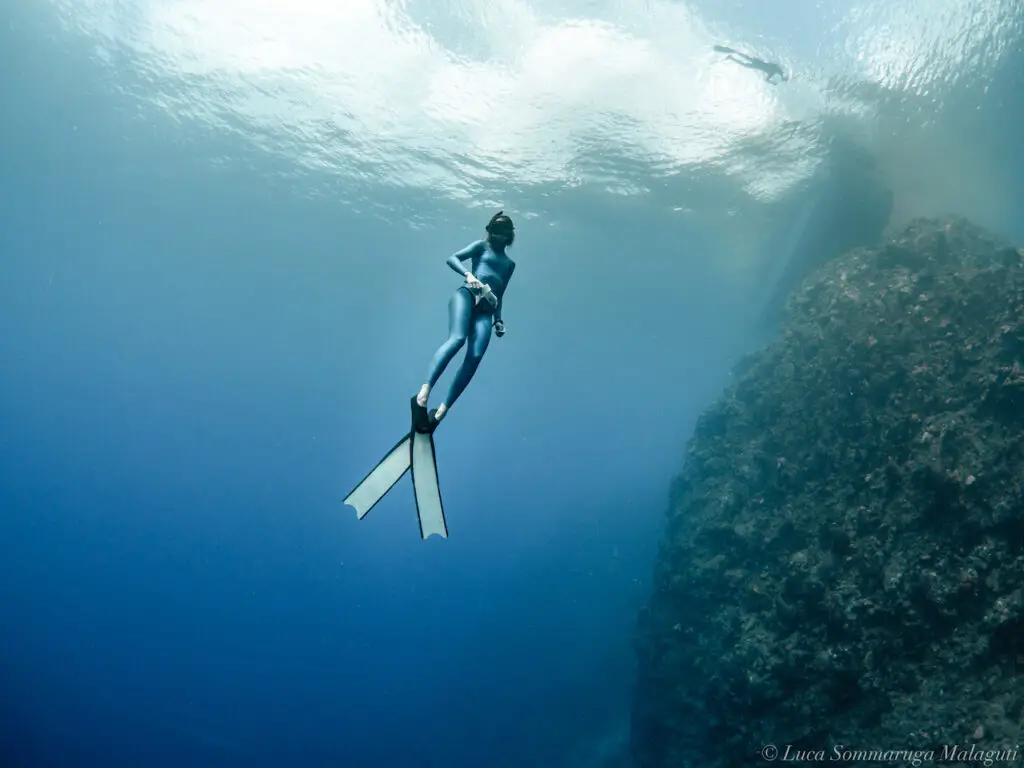
Conclusion
- The peripheral chemoreceptors might help conserve O2 and allow a comfortable breath hold by increasing the dive response.
- The central chemoreceptors likely induce contractions after sensing high CO2 in the cerebrospinal fluid.
- The central chemoreceptors sense that CO2 around the brain increases to dangerous levels and therefore help preserve life. They signal the end of our ‘comfortable’ breath hold.
Questions you can help us with!
- Is it possible to adapt our bodies to rising CO2 levels in the cerebrospinal fluid?
- Can we train ourselves to understand and enjoy contractions if we know that they provide more vital blood flow to the brain?
- Or are we just at the mercy of the central chemoreceptors, since they are the final sensors that control an on/off switch?
References:
- Dujic, Z. et al. 2009. Involuntary breathing movements improve cerebral oxygenation during apnea struggle phase in elite divers. J Appl Physiol 107: 1840-1846. 15 October, 2009.
- Cross, T. J. et al 2013. Cross TJ, Kavanagh JJ, Breskovic T, Zubin Maslov P, Lojpur M, et al. (2013) The Effects of Involuntary Respiratory Contractions on Cerebral Blood Flow during Maximal Apnoea in Trained Divers. PLoS ONE 8(6): e66950. doi:10.1371/journal.pone.0066950. June 26, 2013.
- Panneton, M. W. 2013. The mammalian dive response: an enigmatic reflex to preserve life? Physiology, Volume 28: 284-297. September 2013. http://www.physiologyonline.org
- Lust, Robert M. 2007. Chemical regulation of respiration. xPharm: The Comprehensive Pharmacology Reference. 2007. http://www.sciencedirect.com
- Vassilakopoulos, Theodoros 2012. Control of ventilation and respiratory muscles. Clinical Respiratory Medicine. 4th Edition. 2012.
- Davies, A. et Moores, C. 2010. Chemical control of breathing. The Respiratory System. 2nd Edition. 2010.
- Maramattom, B. V. et Wijdicks, E.F.M. 2007. Neurology of pulmonology and acidbase disturbance. Neurology and Clinical Neuroscience. 2007.
- Palada, I. et al. 2007. Cerebral and peripheral hemodynamics and oxygenation during maximal dry breath-holds. Respiratory Physiology and Neurology 157: 374-381. 2007.
- Christen, Oli 2017. AIDA 3 Advanced Freediver. V. 1.01. International Association for the Development of Apnea. Revised Version. 2017.
- Mijacika, T. and Dujic, Z. 2016. Sports-related lung injury during breath-hold diving. Eur Respir Rev 2016; 25: 506-512. July 1, 2016.
